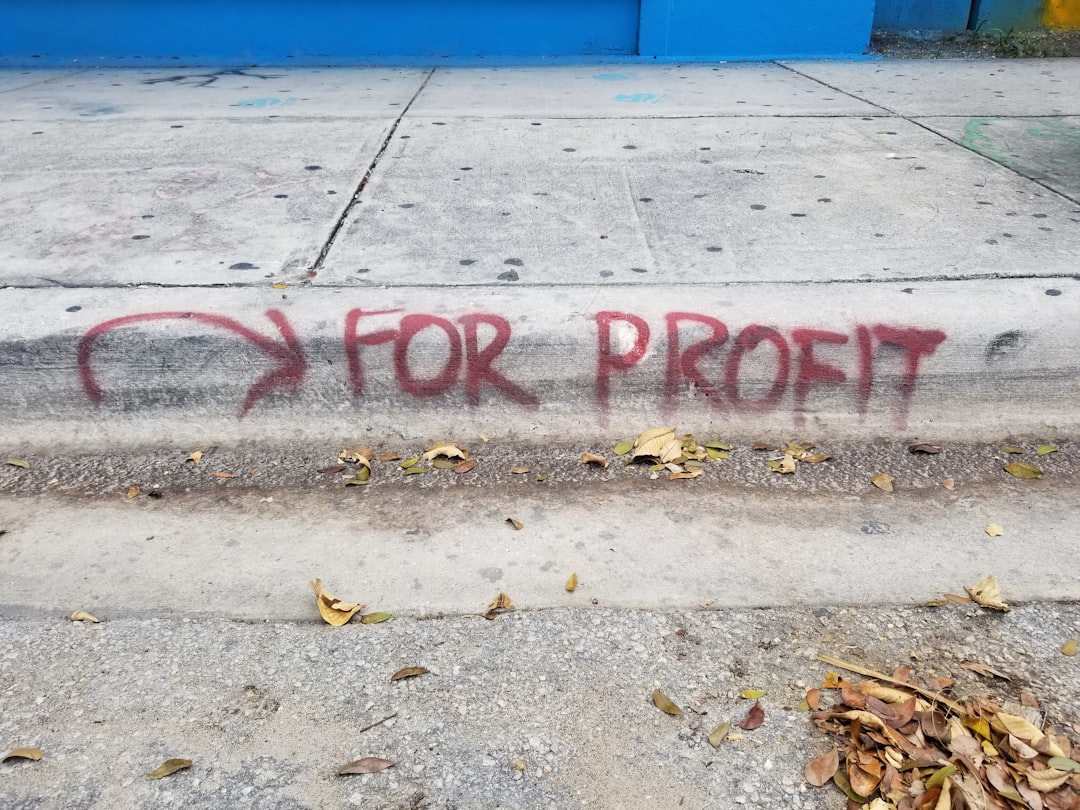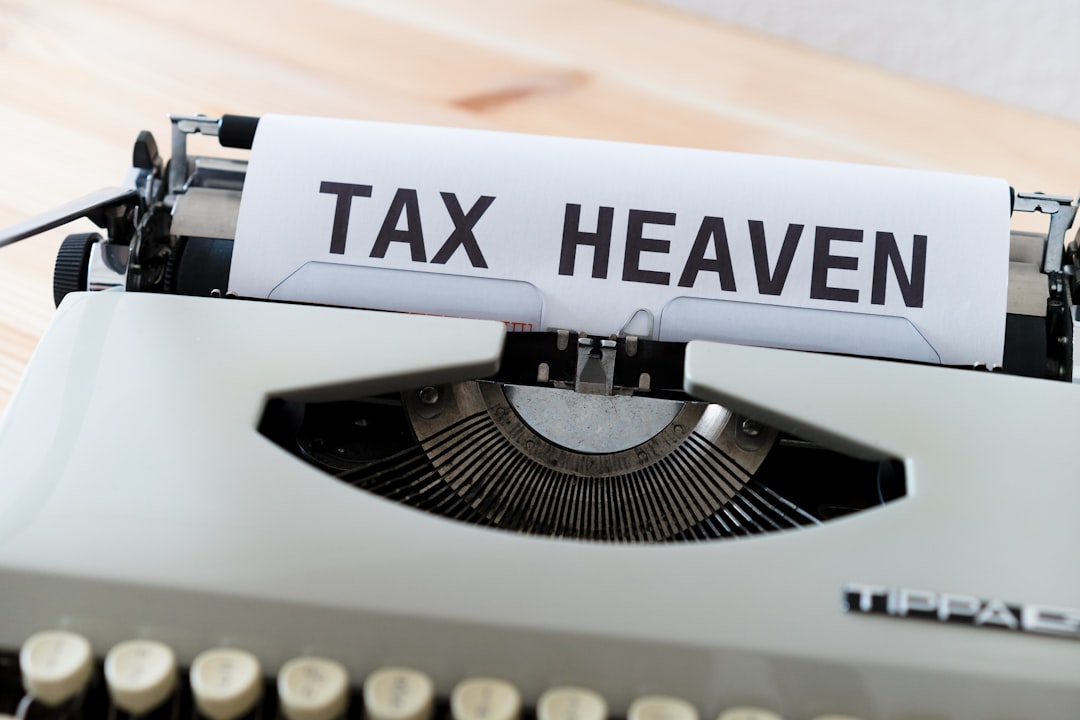The beginner’s Finance Independence Formula tells you how big an investment pot you need in order to be financially free.
Or does it.

Here are 9 ways people are getting the Financial Independence Equation wrong.
- Not all money leaving your bank account is an expense
- Annual Expense today is not the same as Annual Expenses after reaching Financial Independence
- Safe Withdrawal Rate requires the Right Asset Allocation
- Confusing the Safe Return Rate with your Asset Return
- Not all assets are FI assets.
- Don’t forget about tax
- Financial Independence does not mean you have to Stop Working
- Your FI target needs to factor in Inflation.
- Your FI target is not a Fixed Number
Recap on the Financial Independence Formula
The FI Formula tells you that if you multiply your annual expenses, you have have the asset target to be financially independent.
Its genius is in its simplicty.
The formula should be taught at every school across the land.
But, as is often the case, there is devil in the details of this seemingly simple statement.
Not all money leaving your bank account is an expense
It’s easy to think that the money going out of your bank account each month is the same as your expenses. But, there are reasons money will come out of your bank account aren’t expenses.
With the first calculating your financial independence target, it’s easy to get confused between all the debit coming out of your bank. They aren’t all expenses.
The most obvious example of this is where money is leaving your bank account, but paying into another another that you own.
If you take $1000 from your bank account and buy a low-cost index fund, this is not an expense. This is an investment.
Another example would be a mortgage payment. Mortgage payments consist of two parts. One part is interest you’re paying the bank for them loaning you money. This is an expense. The other part is you investing in the equity of your property. Building up equity is not an expense.
The easiest way to decide if something is an expense, is to consider its impact on your net assets or net worth.
Expenses cause your net worth to decrease. So if you have a cash outflow, you’re paying someone something, and at the end your net worth has decreased, that’s an expense.
Note that there are other ways for your net worth to decrease. For example, if the market value of your investments falls. So an expense is a decrease in your net worth combined with a cash outflow.
As a quick worked example, if you pay $100 to get your haircut, your net worth will decrease by $100. Although you may now look fabulous, you are worth less financially. If, on the other hand, you would use that hundred dollars to buy shares in a hairdresser, your net worth would remain the same. Effectively, you have transferred $100 from cash assets to share assets. You can get the money back by selling the shares. As a result, you can tell buying shares, it’s not an expense.
Annual Expense today is not the same as Annual Expenses after reaching Financial Independence

The FI calculation is looking at the future you. Specifically, it is looking at you on the day you reach financial independence.
So if you use your annual expenses right now, you may be under or over stating what your annual expenses will be in the future.
What do we know about the future you compared to the current you?
This entirely depends on your personal circumstances and your aspirations for the day you reach financial independence. It’s likely that some cost will go up and others down.
Here’s a few examples of why your annual expenses today would be different by the time you reach financial independence.
- Cost of children – Today, you were paying for the costs of having children – everything from food and clothes, through to private schooling and dental bills.
- Mortgage interest – if you are paying off a mortgage, you will be paying interest to the bank. If your house is fully repaid by the time you reach financial independence you will no longer have to pay this.
- Working costs – There is a Bunch of costs that you incur because you work. For example, fuel for your car to commute, or a train ticket. Buying lunch from a shop rather than homemaking. Buying clothes that you would only wear for work, like a suit or power dress. All of these costs will go or reduce, if you choose to leave your job when you reach financial independence.
- Utility costs for your home – if you are going to spend more time at home you will use more electricity, gas, water.
- Increased travel and leisure activities – After financial independence, you may choose to travel the world or improve your golf swing. Where there is a big cost involved with your future hobbies, this needs to be factored in.
There are plenty of other factors to consider. You could hope that these will all cancel each other out. But, if you forsee large changes by the time you reach FI, you should consider altering your path.
Safe Withdrawal Rate requires the Right Asset Allocation
25 is the magic number for calculating financial independence. Why is that?
The Financial Independence Formula is actually an annuity calculation. It’s working out how much you need, in perpetuity. To calculate a return in perpetuity, you divide one by the expected return.
With a Safe Withdrawal Rate of 4%, you would therefore need one divided by 4%.
1/4% = 25
So, that’s where the magic 25 comes from. It’s the reciprocal of 4%.
But will you earn a sufficient return, to mean a safe withdrawal rate is 4%. This depends on having the right asset allocation.
Don’t confuse the Safe Return Rate with your Asset Return

When you understand that 4% is the Safe Withdrawal Rate, used to calculate the 25 element of the Financial Independence Formula, you may think that you need earn 4% a year on your investments to be financially indpendent.
Sadly not.
The Safe Withdrawal Rate represents the worst case situation for your real returns after reaching Financial Independence.
Essentially, the Safe Withdrawal Rate assumes that you have nominal asset returns significantly higher than 4% on average. So that by spending 4% of your net asset pot each year, you will never run out of money.
Your nominal returns need to be higher to take into account inflation, and sequence of returns.
At the same time that you are earning a return on your investments, the value of your investments is reducing because of inflation. In simple terms, if you earn a nominal return of 8%, but inflation is 2%, you have really only earned 6% (8%-6%). This is called the real rate of return. The safe withdrawal rate factors in inflation.
The safe withdrawal rate also factors in sequence of returns risk. The value of investments compounds over time. But if, in the early years after reaching financial independence the value of your assets declines considerably, your overall life time returns will be reduced. The safe withdrawal rate looks at returns over many years, to factor in the sequence of returns risk.
So, if the return you are looking for isn’t the safe withdrawal rate, what is it?
In essence, the return you need is the expected return of the market that the safe withdrawal rate is calculated from. So, for example, as the original safe withdrawal rate was calculated from a 50:50 mix of the S&P 500 and US bonds, if you held this mix, you’d expect 4% would be a safe level. The nominal average annual returns would be 8% or more in this scenario.
Not all assets are FI assets

If I told you Philippa has a net worth of $1,000,000, and annual expenses of $40,000 you could quickly do the FI maths and conclude that Philippa is financially indpendent.
25 x $40,000 = $1,000,000
But what if I was to tell you that Philippa’s net worth is entirely wrapped up in the house she lives in. That house generates no cash income and it’s price increases each year only with inflation.
There is no chance that Philippa could retire. After one year, she would be in debt to the tune of $40,000 and forced to sell her house.
She’s asset rich and cash poor.
What’s gone wrong here?
The only assets that count towards financial independence are ones that either generate cash or can be sold in the future.
If Philippa was prepared to sell her home and downsize, the difference between the net sales price and the purchase price of the other house would be considered a financial independence asset.
But, as the house is only increasing in value by inflation, it would still mean that asset is no where near the 8%+ level of return that would lead to a 4% safe withdrawal rate.
It’s worth noting that any debt Phillipa would reduce her net asset pot.
The lesson here is that you first calculate your net worth, but then deduct any assets that aren’t paying out cash or you plan to sell in the future.
Don’t forget about tax

The 25 times return rate assumes you pay no tax on the return.
There are plenty of ways that government’s allow you to invest so that you avoid paying too much tax. But, equally, without careful planning, you can get taxed.
There are capital gains taxes when your asset values grow. There are dividend and interest taxes. There are income taxes. In fact, there are few places the government do no tax. That’s how they pay for all those nice government offices.
It’s vital for you to invest to minimise your tax burden. This can be through pensions, tax-free savings vehicles, or using your annual allowance.
As tax is a form of expense, if you don’t plan your tax, you will have a higher annual expense than you were anticipating, and therefore need more money before being financially independent.
Financial Independence does not mean you have to Stop Working

The FIRE movement has tied up Financial Independence with Retiring Early. Both of these aims are great. Sometimes, the two achievements get wrapped together. As if, the calculation for Financial Independence is actually a finish line after a long marathon of work.
But there is no law that requires you to retire early when you hit a certain net worth.
Sometime, the two achievements get wrapped together.
The more you invest beyond reaching your FI number, the greater insurance you have for the day you do stop earning an income from work.
So, if you love your job, there’s no need to give it up the moment you reach Financial Independence.
Your FI target needs to factor in Inflation

The basic FI calculation uses your annual expenses today. Thanks to inflation, if you bought exactly the same things in the future, your expenses will grow.
So, it’s important to understand that FI target will increase in line with inflation. This means that if you calculate your target today and find you would need to put $1 million, next year that part will grow with inflation. For example, if inflation is 2%, then In a years time you would need $1,020,000. That’s an extra $20,000 to save.
The effect is cumulative over time.
As a result the FI pot that you calculate today is in real terms, not nominal terms.
The great news is that once you reach financial independence, the safe withdraw rate has factored in inflation. In other words, if you round the financial independence formula on the day you reached financial independence, you no longer have to worry about inflation.
Inflation also means that you should expect your salary to increase over the years. Wage inflation normally runs in line with inflation in expenses.
There is no need to try to calculate your Inflation adjusted, nominal FI target today. But it does mean, that on an annual basis you should re-run your F I calculation with your current annual expenses. Don’t imagine that your FI number is fixed forever.
Your FI target is not a Fixed Number

You’re ignoring future income after reaching Financial Independence.
The financial independence formula makes no comment about income.
Theoretically, you should be a billionaire or earning minimum wage, and reach financial independence, provided you have 25 times your annual expenses invested.
But the calculation does assume, that you have no income coming in after financial independence other than from passive sources. Passive sources include interest on your savings, dividends from starters and shares, rent from a real estate investment and capital gains.
Many people who reach financial independence, choose to continue to earn an income. Perhaps not the same job they were doing before, perhaps a side hustle or starting your own business.
When you really earn additional income once you reach financial independence, you have a couple of choices. Either, you could choose to increase your annual expenses to soak up the income. Or you could choose to invest this income to increase your part beyond the minimum level required for financial independence.
Interestingly, if you increase your expenses, you risk no longer being financially indpendent.
The reason is that the calculation for being FI is to have at least 25 multiplied by Annual Expenses. So, if you met the definition of financial independence, and then increase your spending by $1000 a year because you are earning $1000 a year as a side hustle, you would need to increase your assets by 25 multiplied by annual expenses to still be classified as financially independent – that’s an extra $25,000. As you have not increased your investments, you are now financially dependent on the side hustle.
It’s a bit of a paradox. If you spend income you earn from working after reaching financial independence, you no longer meet the financial independence definition.
If you’re sure you can decrease those expenses if your side-hustle came to an end, then all is well. But if you have experienced lifestyle creep as a result of the side hustle, be cautious.
Should we abandon the Financial Independence Formula?
With so many ways to misunderstand the formula, it might be easy to say we should abandon it.
But, no.
Like anything good in life, the more time and effort you put into understanding the financial independence formula, the more you appreciate it.
What next?
Why not browse through the Blog.